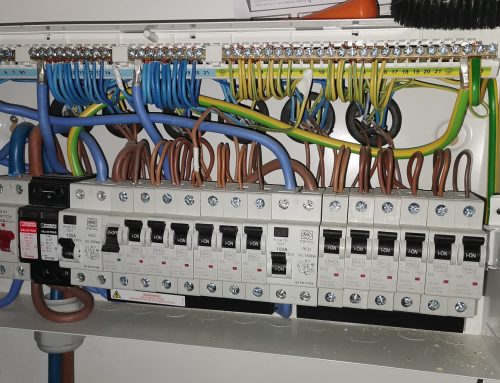An EICR is a formal document given following an assessment of the electrical installation within a property. Inspections for EICR must be carried out by an experienced and NICEIC approved electrical contractor.
EICR is the proof that electrical installations within the premises are safe to use and operate.
We simply cannot see electricity, most of us don’t know how it works but we use it in our daily lives, almost every minute of our lives.
Time flies and we forget to check the condition of our electrical installation for any wear and tear.
According to statistics, faulty and old wiring is one of the main causes of electrical fires in London. You can reduce that risk of a fire by checking the condition of your cables, switches, sockets and other accessories regularly.
There are 2 types of electrical installation condition reports, and they are visual condition reports and periodic inspection reports.
The visual condition report does not include testing and is only good for the installations that have been inspected recently.
Periodic inspection reports are more thorough and mandatory.
What is the aim of an EICR?
EICR is documented proof that makes sure the electrical installation is safe to be used until the next inspection.
During the inspection, any damage that could cause fire hazards could be found and reported.
Assessment could help find any parts of the electrical installation that does not meet current IET Wiring Regulations.
Other than fire hazards, Electrical Installation Condition Report helps find anything that may cause electric shocks and high temperatures.
An EICR is recommended in all domestic homes every 10 years to check the condition of the electrical installation and ensure that there is no deterioration. But there are some situations in that EICR must be requested more often.
Few of those are:
- Age of installation
- Type of property
- Environmental Conditions
- Misuse of installation
- Change in usage of domestic premises
- Classification Codes For Report
Inspectors use the following classification codes to indicate where a homeowner must undertake remedial work.
- Code 1 (C1): Danger present. Risk of injury.
- Code 2 (C2): Potentially dangerous
- Further Investigation (FI): Further investigation is required without delay.
- Code 3 (C3): Improvement recommended. Further remedial work is not required but recommended.






